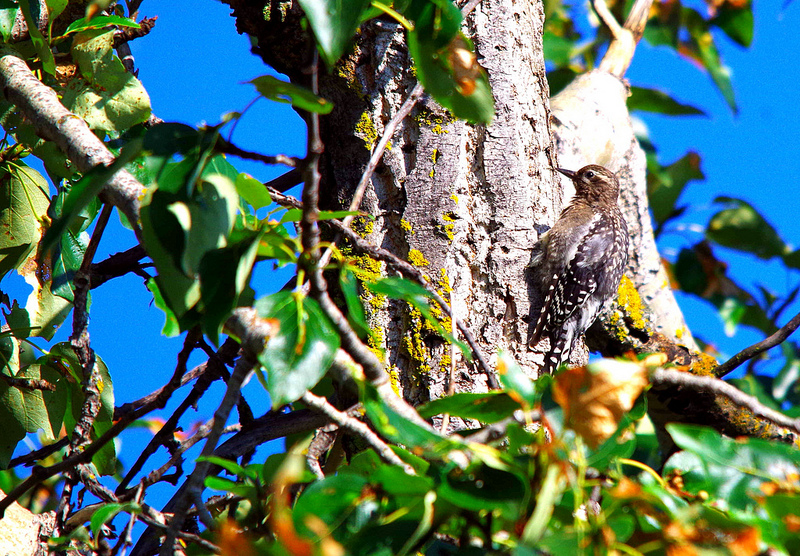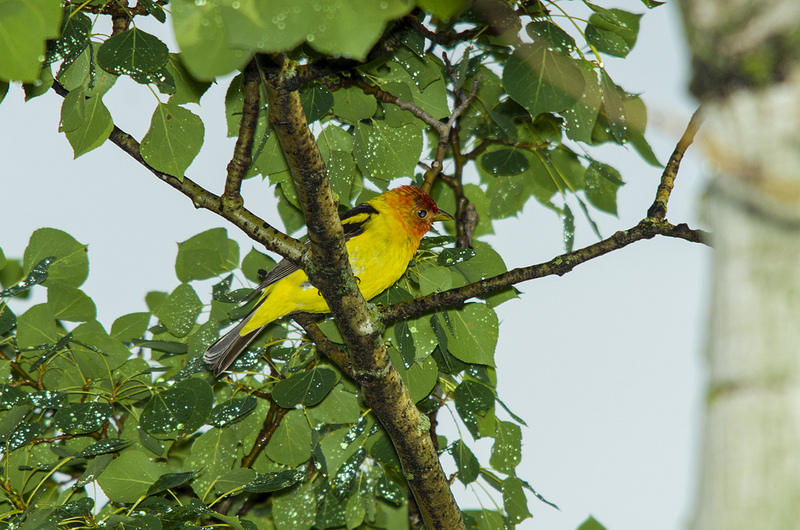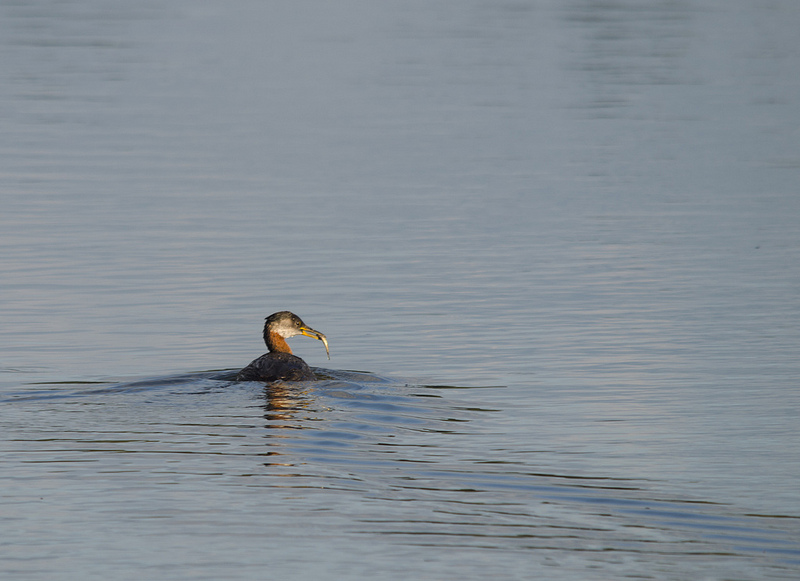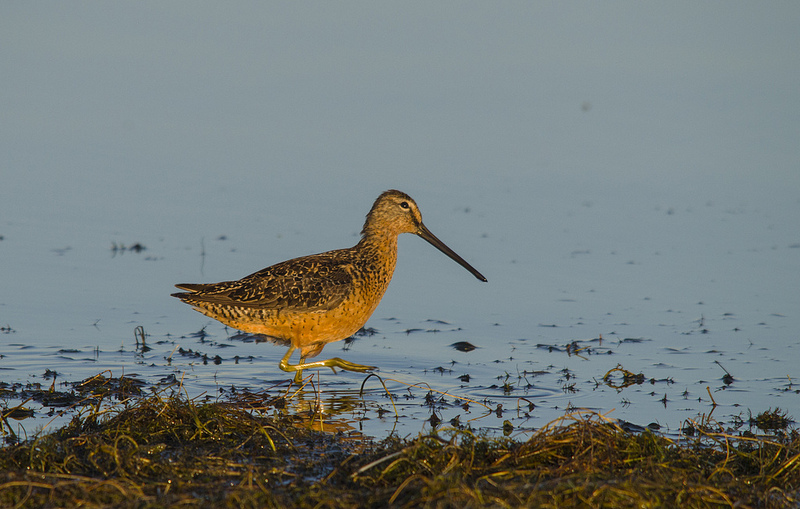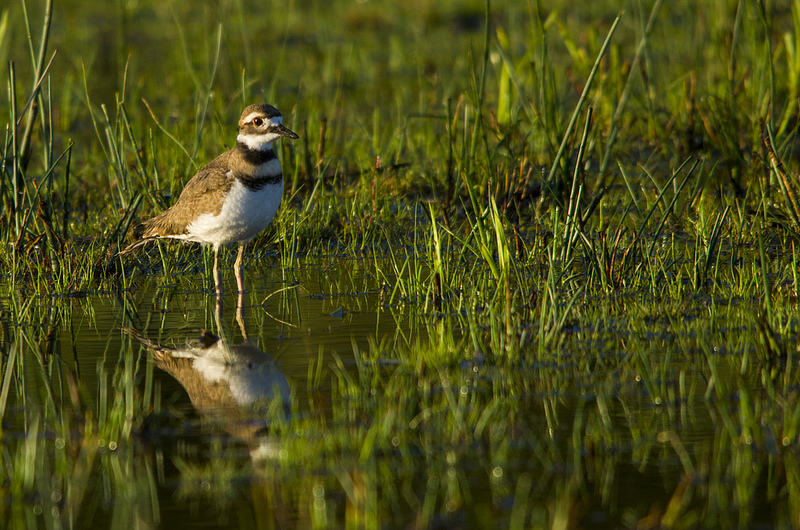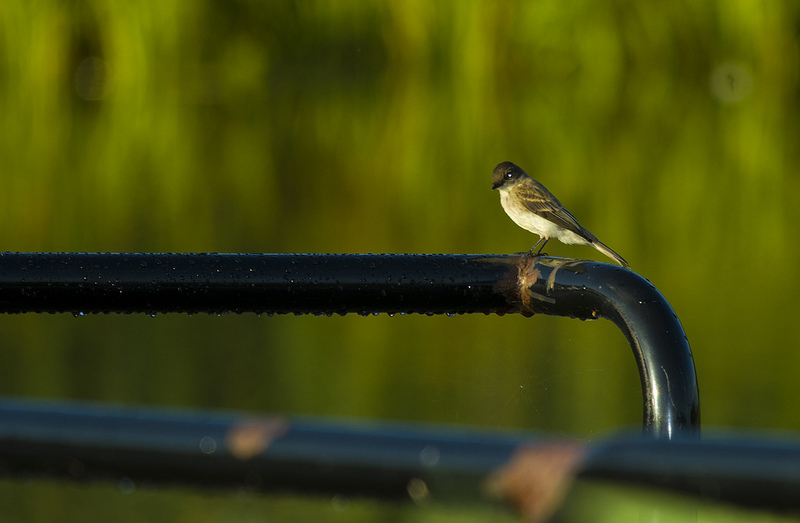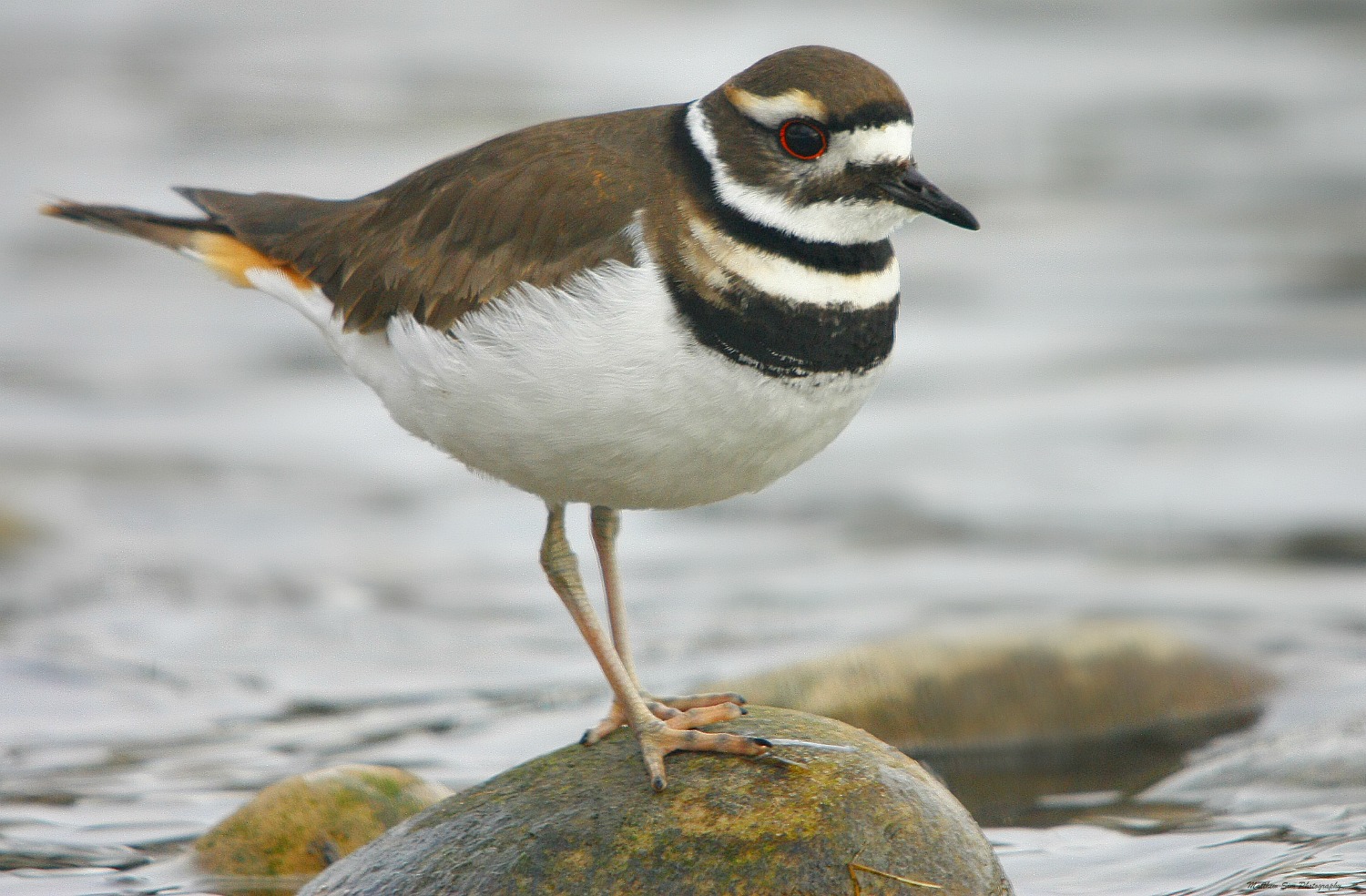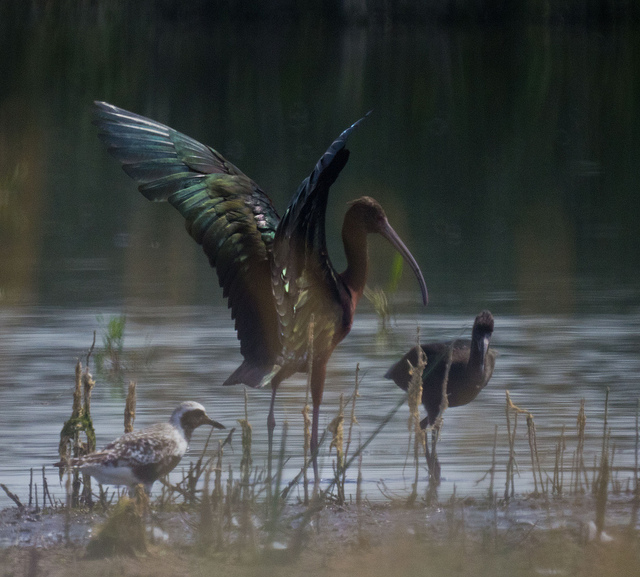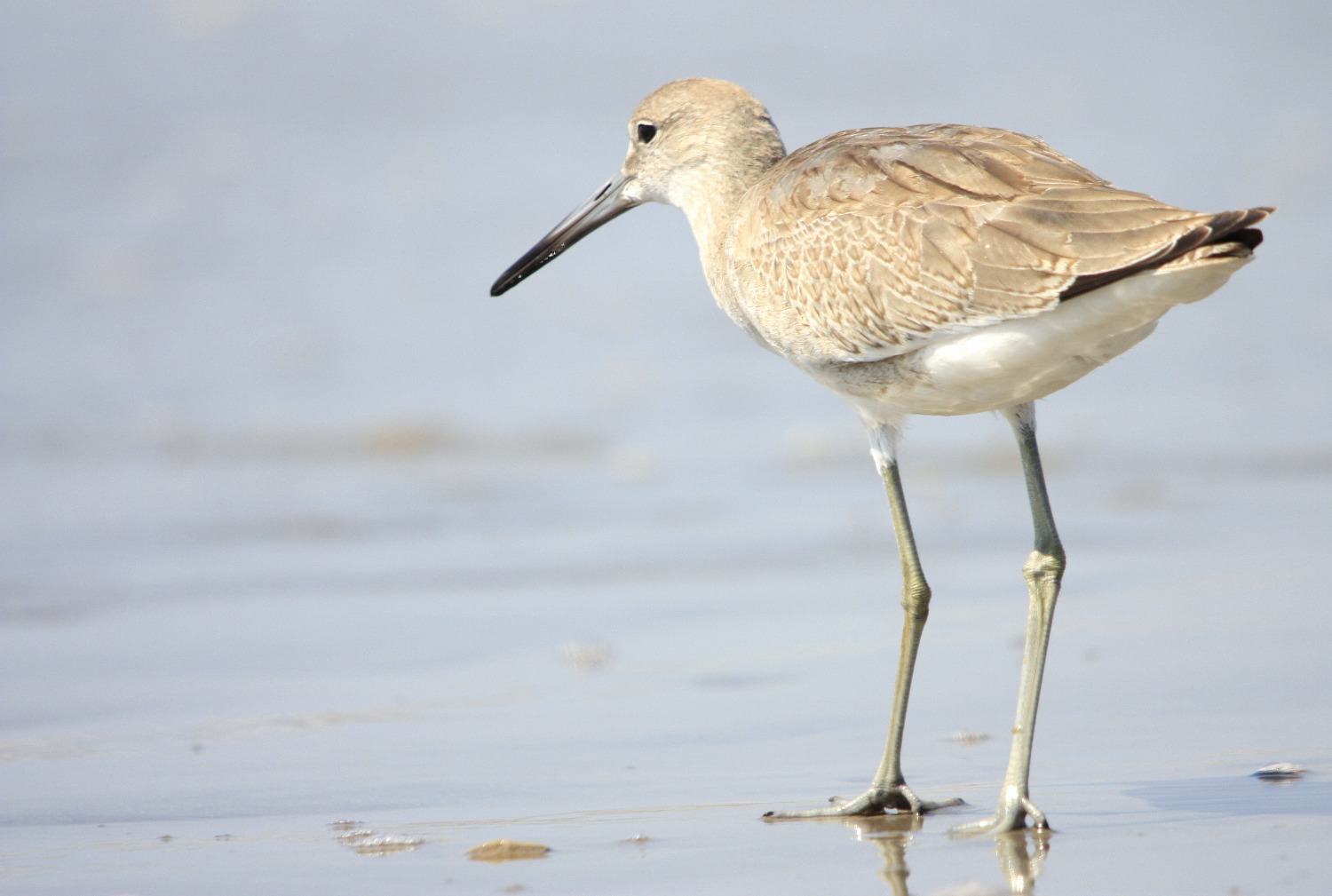Posted by Dan Arndt
Another week, another great week of birding one of the incredible natural areas of Calgary. This time we headed down the Western Headworks Pathway, one of the primary irrigation canals of the Bow River, which extends all the way to Chestermere Lake and provides water to farms even further east and south from Calgary. Our walk took us from just south of 17th Avenue SE all the way to 50th Avenue SE and back again, all the while keeping us incredibly close to the birds and allowing for some decent shots despite the gray, gloomy skies and incredibly poor light all morning long.
One of the best sightings early on were this pair of Yellowlegs, one Greater and one Lesser, showing off the differences in overall body size, bill shape, and bill length.
Shortly after that we came across a large mixed flock of Mallards, Northern Shovelers, Green-winged Teal, and even a lone Northern Pintail was in the mix!
A constant reminder of just how close to the Bow River we were was the nearly incessant flocks of gulls, ducks, and even one large flock of nearly forty female and juvenile Common Mergansers.
One raft of Mallards seemed to weave in and out of a flock of American Wigeon and even involved a few Hooded Mergansers, but this lone Pied-billed Grebe nearly escaped our notice hidden amongst some vegetation.
At least two of the male American Wigeon were in full breeding plumage, but instead of the usual white crown on the bird, these Wigeon had yellowish crowns. Very strange.
Another bonus bird that hasn’t been seen on many of our walks for the past year are these Eurasian Collared Doves. While common in residential neighbourhoods, they aren’t often found in the usual spate of parks the Friends of Fish Creek courses will visit.
In contrast, these Rock Pigeons, while posing beautifully on a train bridge, are as common as, well, Rock Pigeons on our walks.
At the far south end of the walk we found our first Killdeer of the day, well hidden amongst the gravel and vegetation on the shore.
Our walk back was essenially better looks at many of the same birds, and as we came up alongside the Hooded Mergansers, something spooked them and flushed them up off the canal.














